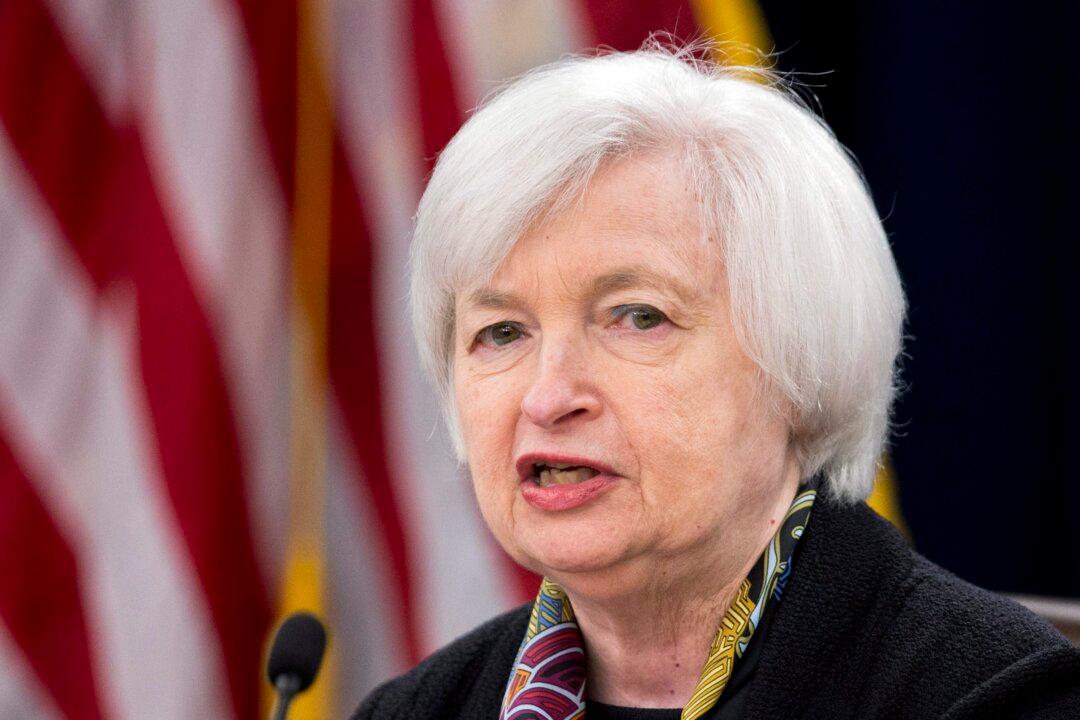The Federal Reserve faces a dilemma. It wants to raise interest rates, but the economy is not delivering growth that a buoyant labour market and healthy consumers would suggest even with international developments, like China’s slowing economy, being less of a headwind than it was in March.
For the third straight meeting, the U.S. central bank did not assess the balance of risks, which adds more uncertainty about the timing of the next rate hike. By stating whether it believes the risk is the economy underperforms, overperforms, or remains roughly balanced, one can glean how confident Fed members are in the economy.
“I think they’re in limbo now,” says Millan Mulraine, Deputy Chief U.S. Macro Strategist with TD Securities USA. “I think June is off the table.” Mulraine doesn’t see the Fed hiking in June and maybe not even in July until it is able to assess the balance of risks.
“The minutes are likely to show that opinions are too divergent to draft a statement that gets into the timing of rate hikes ahead,” said CIBC chief economist Avery Shenfeld in a note.
No rate hike was expected from this April Fed meeting. The Fed funds target range was kept at 0.25 to 0.50 percent.
Emphasizing the more domestic-focused nature of the statement, the Fed demoted the reference to “global economic and financial developments“ from the March statement’s opening line to the last sentence of the second paragraph. It also removed the phrase ”global economic and financial developments continue to pose risks.”





